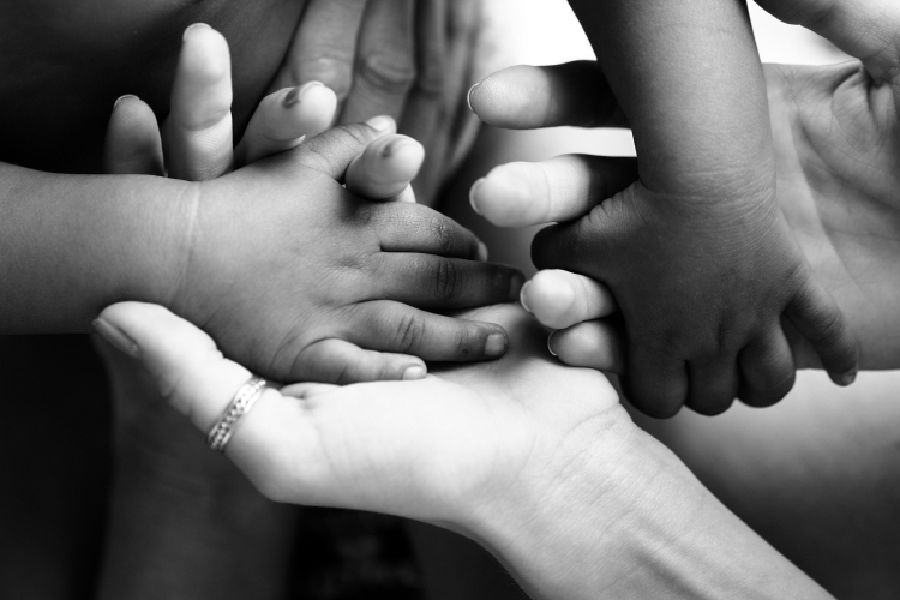The red tape is not only restrictive but it is also the cause of delays which, recent developments suggest, are impairing the process of adoption of children in India. A three-judge bench of the Supreme Court was recently told that cumbersome regulations and their consequential delays have led to the creation of a situation where most children available for adoption reach the age of six by which time nearly 70% of prospective adoptive parents — adults who have applied to take orphaned, abandoned or surrendered children under their wings — are no longer willing to make them a part of their families. Children who have not reached the age of two are reportedly the preferred choice. The numbers tell a gloomy story. The additional solicitor-general, appearing for the Central Adoption Resource Authority — the apex body regulating adoptions in India — stated that although there were an estimated 3.5 crore children housed in child care institutions awaiting adoption along with 30,600 PAPs, only 2,146 children had been deemed to be legally free for adoption. This mismatch, the cumulative impact of ponderous rules and sloth-like pace, is frightening but not unprecedented. Last year, the apex court had urged Cara to streamline its process. An online portal was also instituted under the Juvenile Justice Act, 2015, to allow prospective parents to track applications while an amendment in 2022 authorised district magistrates to issue adoption orders to ensure the speedy disposal of cases. But technology and streamlining of processes would hardly help if the underlying support structure is weak: for instance, 370 districts have no specialised adoption agencies to do the grassroots work of connecting prospective guardians and children. Pace is not the only concern here. Parental inhibition to adopt slightly older children speaks of the prevailing conservatism governing child-rearing practices in India. This has other manifestations: more girls are adopted simply because a higher number of girls — unwanted or abandoned — are given up for adoption. In 2017-18, out of 4,170 children available for adoption, 2,547 were girls.
The stringency of verification procedures should not be done away with though. Rampant child trafficking networks merit regulatory oversight. But that does not mean that the relevant procedures should remain time-consuming, adversely affecting the chances of adoption of children awaiting care and a home. The long wait also has the potential of inflicting stress on PAPs. The processes must be streamlined and the social conservatism of PAPs addressed simultaneously.











